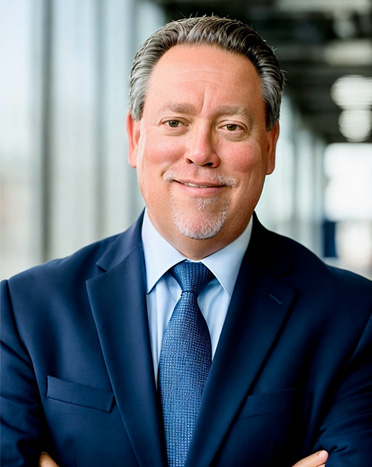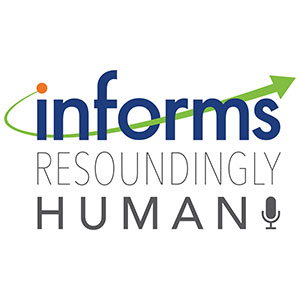Measuring the cool factor
In an upcoming Management Science study, INFORMS member and professor at the Johns Hopkins Carey Business School Ruxian Wang has developed a method to measure the appeal or "cool factor" of commercial products.
In an upcoming Management Science study, INFORMS member and professor at the Johns Hopkins Carey Business School Ruxian Wang has developed a method to measure the appeal or "cool factor" of commercial products.
A forthcoming study in the INFORMS journal Marketing Science by INFORMS member and professor at Johns Hopkins Carey Business School, Jian Ni, explores how guiding patients to a more appropriate level of healthcare can reduce healthcare expenditures.
Planning a pub crawl and need to know the shortest distance between each of your stops? INFORMS member Professor William Cook from the University of Waterloo, Canada has done just that on a much grander scale than could be accomplished in one night of festivities. Using the "traveling salesman problem" approach, Cook plotted the coordinates of 24,727 pubs in the U.K. to ascertain the shortest possible route between them all.
Based on data pulled from the Occupational Information Network (O*NET), a US Department of Labor database that compiles detailed information on hundreds of jobs, and the U.S. Bureau of Labor Statistics website, operations research analysts are among a list of 26 jobs that combine high pay with low stress.
Operations research analyst ranks at number 10 on a list of the 17 the highest paying jobs for women.

Jeff Cohen
Chief Strategy Officer
INFORMS
Catonsville, MD
[email protected]
443-757-3565
An audio journey of how data and analytics save lives, save money and solve problems.


With seemingly no limit to the demand for artificial intelligence, everyone in the energy, AI, and climate fields is justifiably worried. Will there be enough clean electricity to power AI and enough water to cool the data centers that support this technology? These are important questions with serious implications for communities, the economy, and the environment.

It’s college graduation season, which means over 4 million seniors will graduate in the next few weeks, flooding the job market with new candidates. One area that has shown high potential for the right candidates is artificial intelligence and machine learning. Both disciplines are part of the larger data and analytics career path.

Drugs being explicitly developed to treat rare diseases are getting more expensive.

Robert F. Kennedy Jr., as the new secretary of Health and Human Services, is the nation’s de facto healthcare czar. He will have influence over numerous highly visible agencies, including the Centers for Disease Control and Prevention, the National Institutes of Health and the Food and Drug Administration, among others. Given that healthcare is something that touches everyone’s life, his footprint of influence will be expansive.

The recent US-China agreement to temporarily reduce tariffs is a major step for global trade, with tariffs on US goods entering China dropping from 125% to 10% and on Chinese goods entering the US decreasing from 145% to 30% starting May 14. While this has boosted markets and created optimism, key industries like autos and steel remain affected, leaving businesses waiting for clearer long-term trade policies.

With sweeping new tariffs on Chinese-made products set to take effect this summer, Americans are being urged to prepare for price hikes on everyday goods. President Donald Trump's reinstated trade policies are expected to affect a wide swath of consumer imports, including electronics, furniture, appliances, and baby gear. Retail experts are advising shoppers to act before the tariffs hit and prices rise.

Twenty years ago, few people would have been able to imagine the energy landscape of today. In 2005, US oil production, after a long decline, had fallen to its lowest levels in decades, and few experts thought that would change.

In the case of upgrading electrical and broadband infrastructure, new analysis from the University of Massachusetts Amherst reveals {that a} “dig once” strategy is almost 40% more economical than changing them individually.